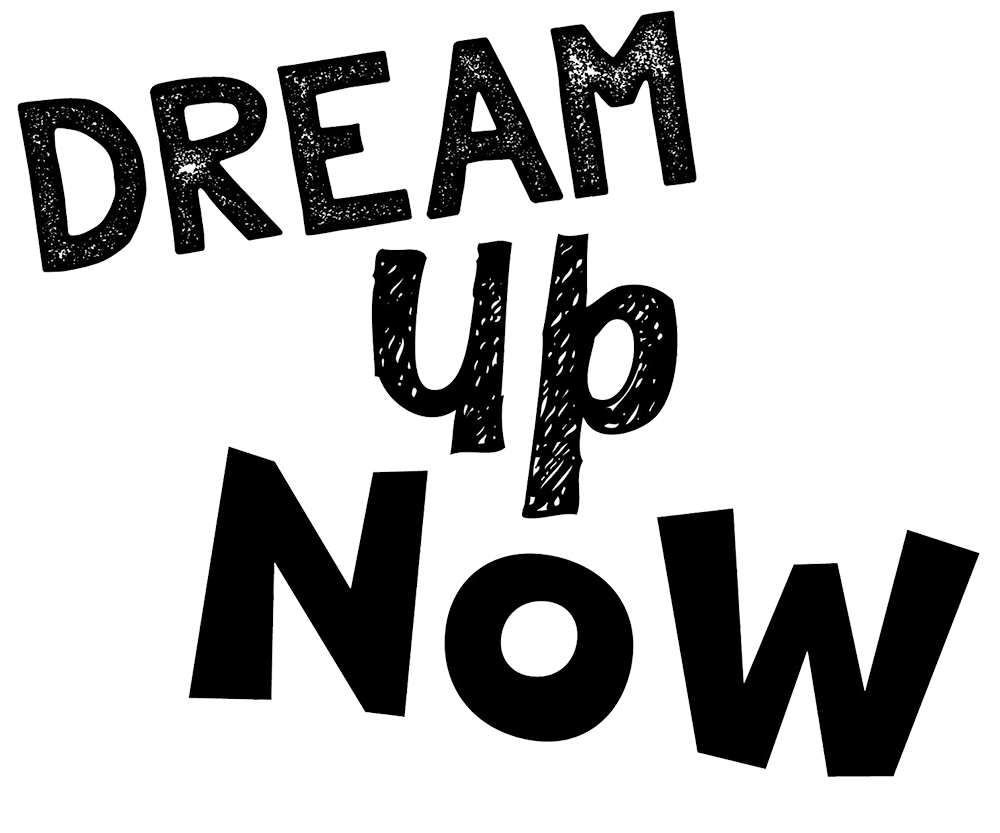by David K. Israel – September 9, 2010 – 11:56 AM
1. Hop on Pop
 In an early draft of the book, Theodor S. Geisel (aka Dr. Seuss) wanted to make sure his publisher, Bennett Cerf, was reading the manuscripts he was turning in, so instead of this line: “My father / can read / big words, too. / Like… / Constantinople / and / Timbuktu” the manuscript read as follows: “When I read I am smart / I always cut whole words apart. / Con Stan Tin O Ple, Tim Buk Too / Con Tra Cep Tive, Kan Ga Roo.”
In an early draft of the book, Theodor S. Geisel (aka Dr. Seuss) wanted to make sure his publisher, Bennett Cerf, was reading the manuscripts he was turning in, so instead of this line: “My father / can read / big words, too. / Like… / Constantinople / and / Timbuktu” the manuscript read as follows: “When I read I am smart / I always cut whole words apart. / Con Stan Tin O Ple, Tim Buk Too / Con Tra Cep Tive, Kan Ga Roo.”
2. Green Eggs and Ham
 Again, we have a story here involving Cerf. This time it’s a wager. “I’ll bet you $50 that you can’t write a book using only 50 words,” said Cerf. He knew that Seuss had used a whopping 225 words in The Cat in the Hat, which had recently been published, and he knew how Seuss had struggled with that one, so the $50 seemed like easy money. Yeah… easy money for Seuss!
Again, we have a story here involving Cerf. This time it’s a wager. “I’ll bet you $50 that you can’t write a book using only 50 words,” said Cerf. He knew that Seuss had used a whopping 225 words in The Cat in the Hat, which had recently been published, and he knew how Seuss had struggled with that one, so the $50 seemed like easy money. Yeah… easy money for Seuss!
3. The Cat In The Hat
 This neat tidbit involves another challenge, though not from Cerf, from a Life Magazine article about illiteracy rates. The article argued, “Why should [school primers] not have pictures that widen rather than narrow the associative richness the children give to the words they illustrate — drawings like those of the wonderfully imaginative geniuses among children’s illustrators, Tenniel, Howard Pyle, Theodor S. Geisel.”
This neat tidbit involves another challenge, though not from Cerf, from a Life Magazine article about illiteracy rates. The article argued, “Why should [school primers] not have pictures that widen rather than narrow the associative richness the children give to the words they illustrate — drawings like those of the wonderfully imaginative geniuses among children’s illustrators, Tenniel, Howard Pyle, Theodor S. Geisel.”
Seuss read the piece and immediately began working on The Cat In The Hat, which took him nine months to write! A 236-word book, that rhymes, and entertains, is darn hard to write!
4. Horton Hears A Who
This book has been the subject of much brouhaha. Turns out that the recurring phrase uttered by Horton “a person’s a person, no matter how small” has been commandeered by several pro-life groups who use it in support of their views, something Seuss strongly disapproved of.
5. And to Think That I Saw It on Mulberry Street
Published in 1937, this was Seuss’ first children’s book. His original title for the book was “A Story That No One Can Beat.” Maybe this was the reason it was rejected by 27 publishers before eventually being picked up by Vanguard Press. Yes, it seems nearly 30 publishers couldn’t figure out a way to make money off a silly Dr. Seuss book.
6. Yertle the Turtle and Other Stories
Published in 1958, Yertle is full of metaphors and allusions that deal with fascism. This, of course, has been well documented and is fairly well-known. What is less-known, however, is the fact that the editorial committee involved in publishing the book hemmed and hawed about publishing it in the first place. NOT because of the fascism, but—are you ready for this?—because of the word “burp!” Yep, it seems burp was something like a vulgar expletive in the children’s book universe. According to Seuss, the publishers at Random House, including the president, had to meet to decide whether or not they could use “burp” because “nobody had ever burped before on the pages of a children’s book!
7. The Sneetches and Other Stories
 Of all Seuss’ characters the Sneetches have ound its way into more popular songs than the others.
Of all Seuss’ characters the Sneetches have ound its way into more popular songs than the others.
a) From the Dead Kennedys’ song “Holiday in Cambodia”
You’re a star-belly sneech
You suck like a leach
You want everyone to act like you
b) Bikini Kill’s song “Star Bellied Boy”,
He said he wanted to
JUST touch YOU
Star Bellied Boy
Different from the rest
Yr soooo different from the rest
The Star-belly sneeches are mentioned as well in Flobots’ song “Simulacra”, from their album Onamatopoeia and in Ben Cooper’s song “The Sneetches”, in which he sings “we are nothing only Sneetches, thinking that our stars are brighter than on thars.”
